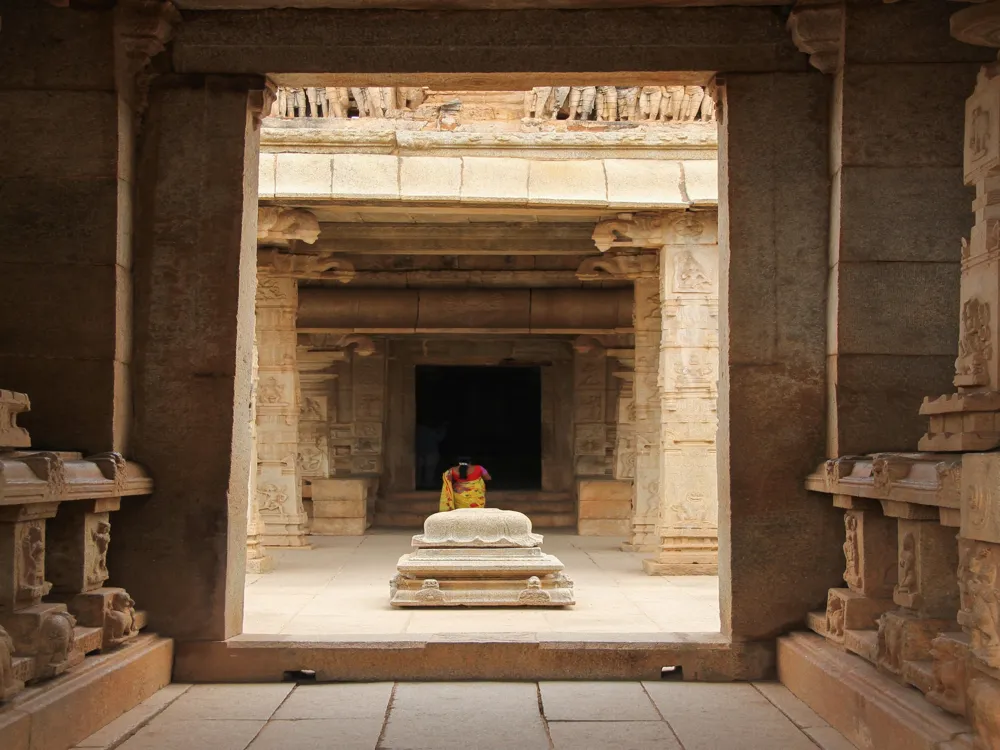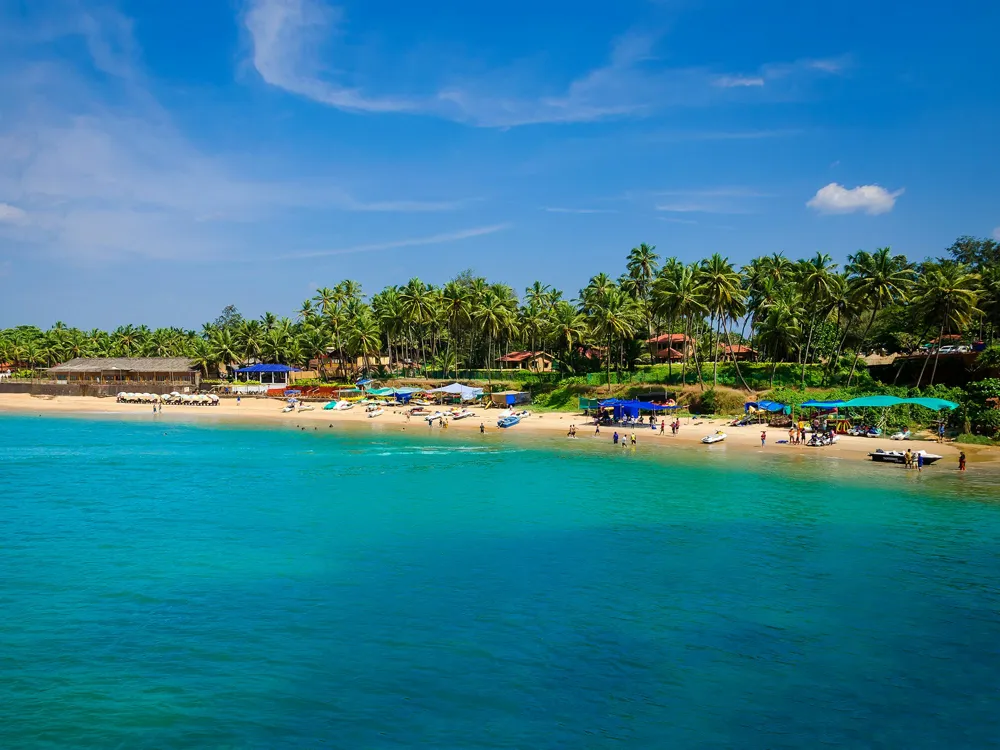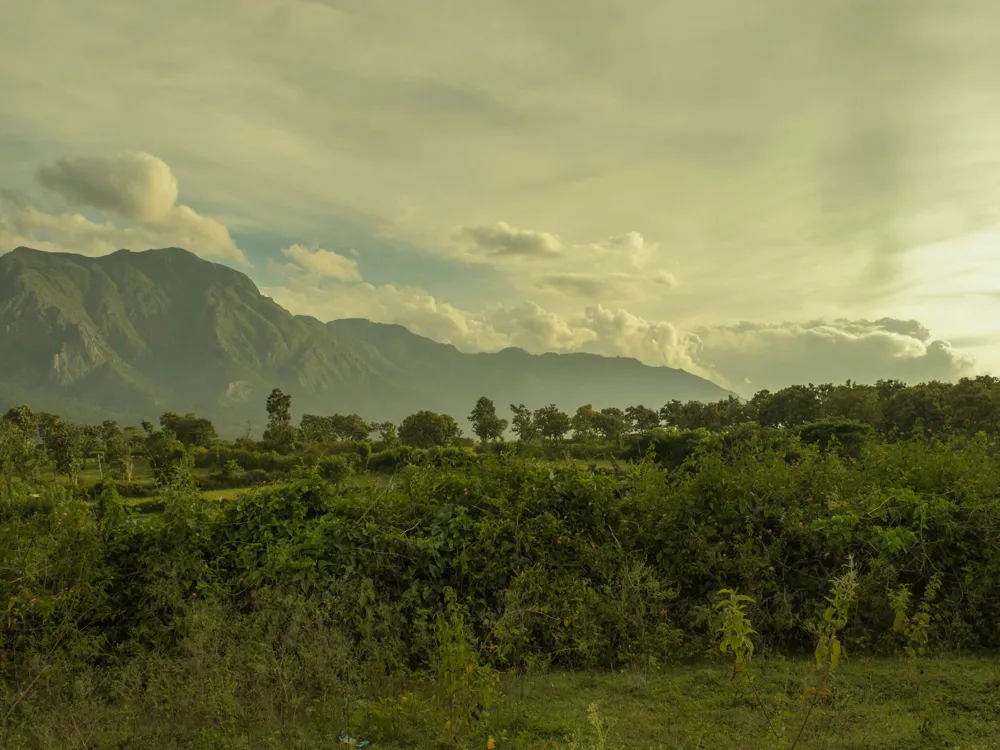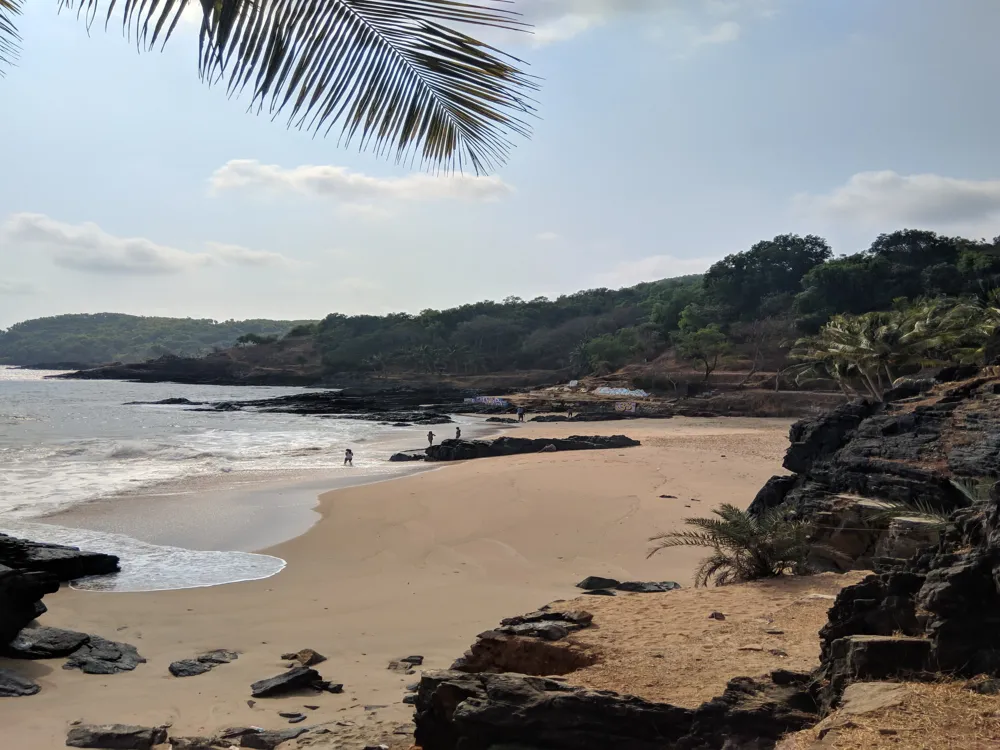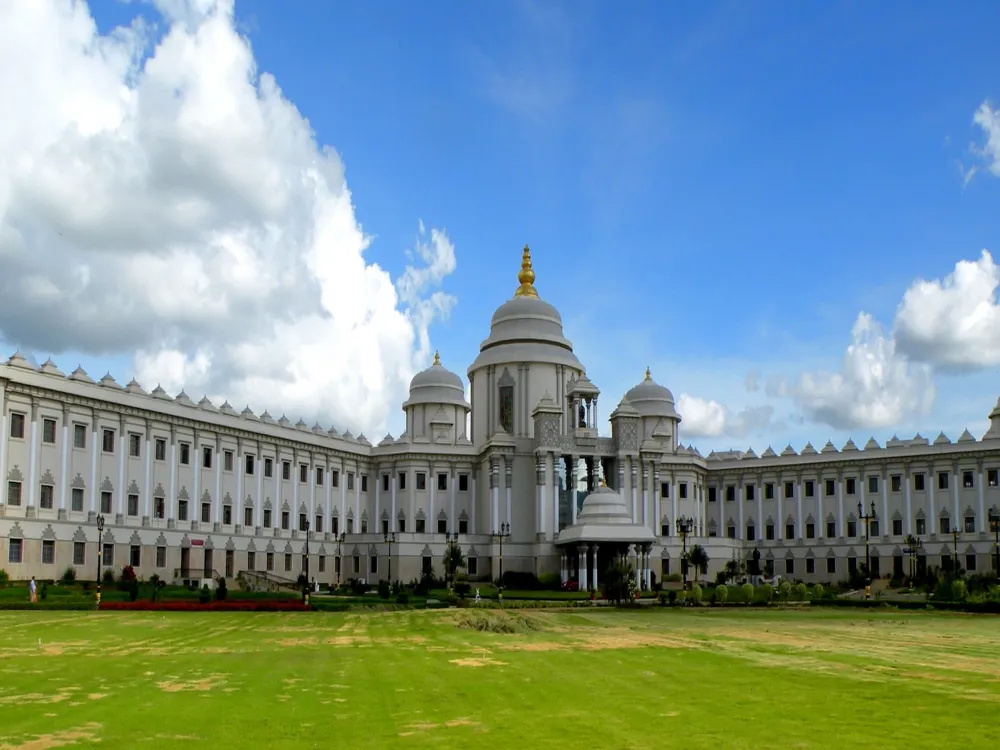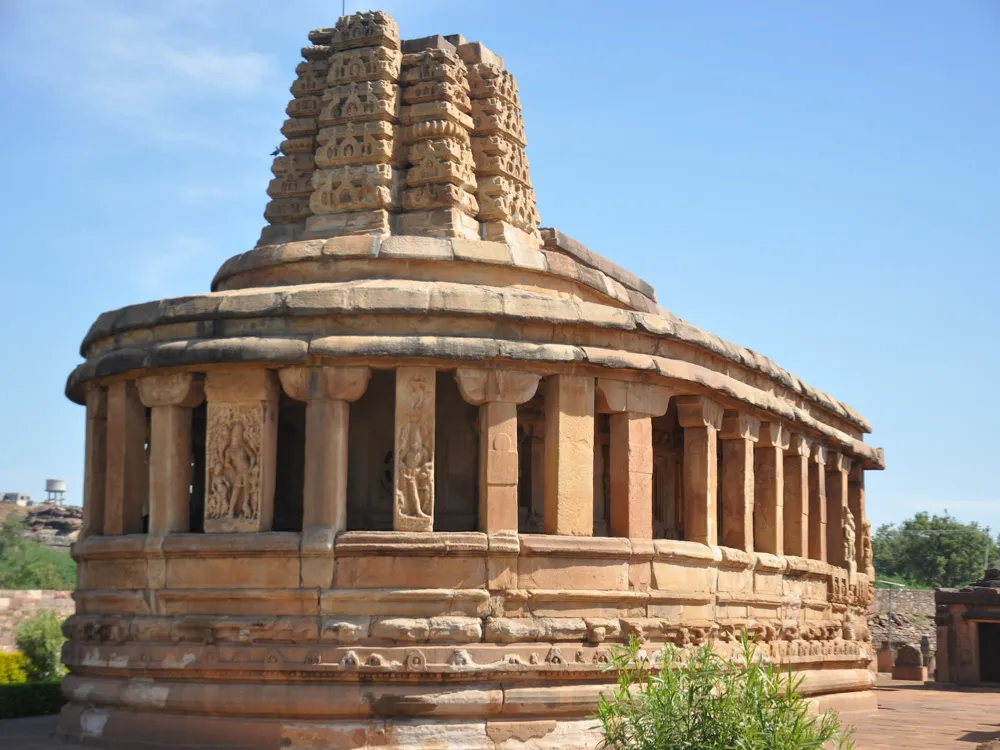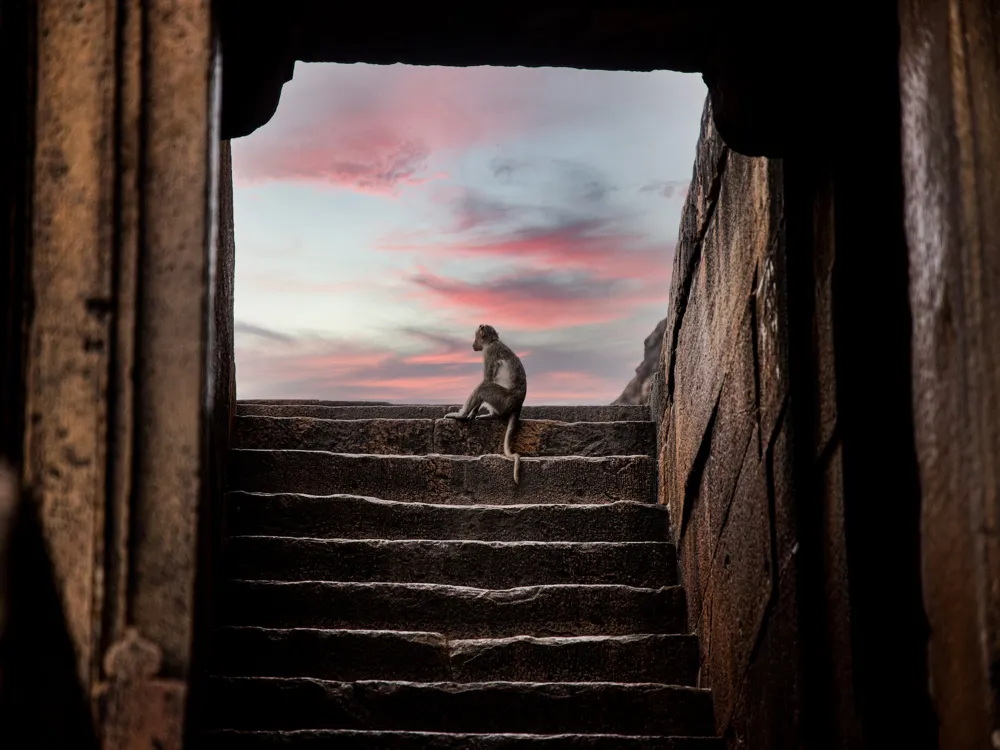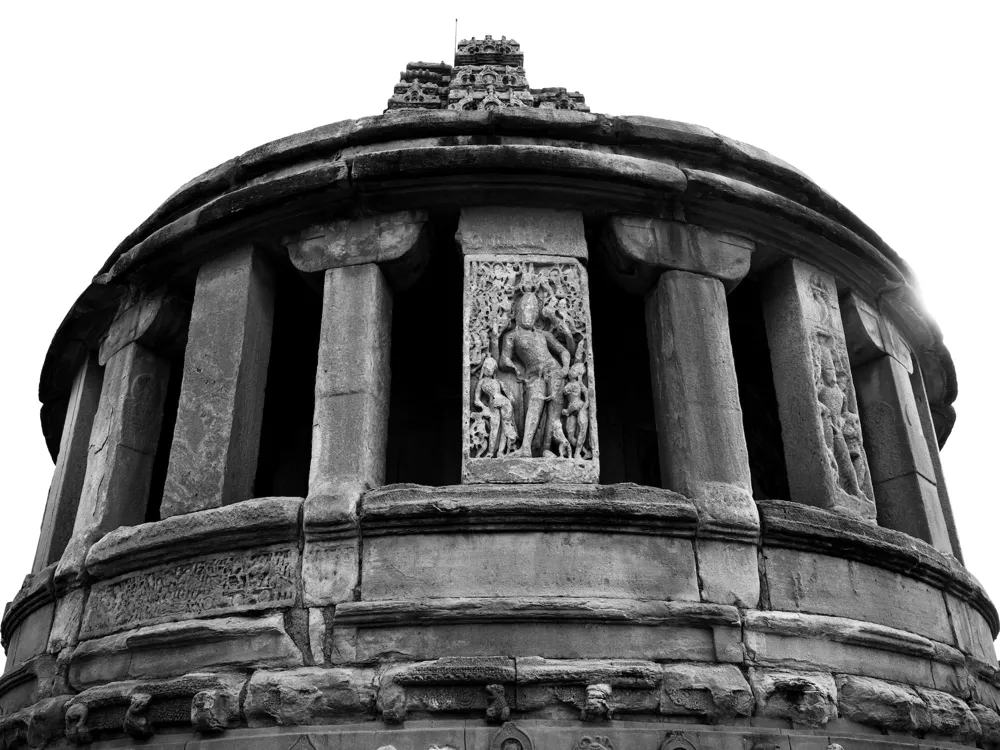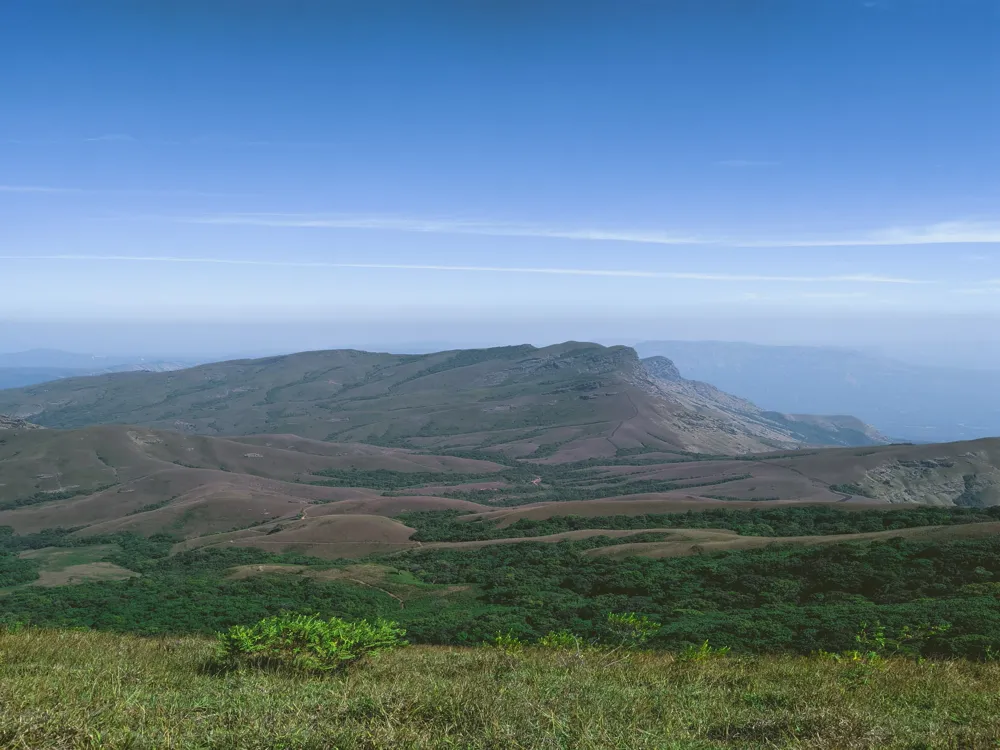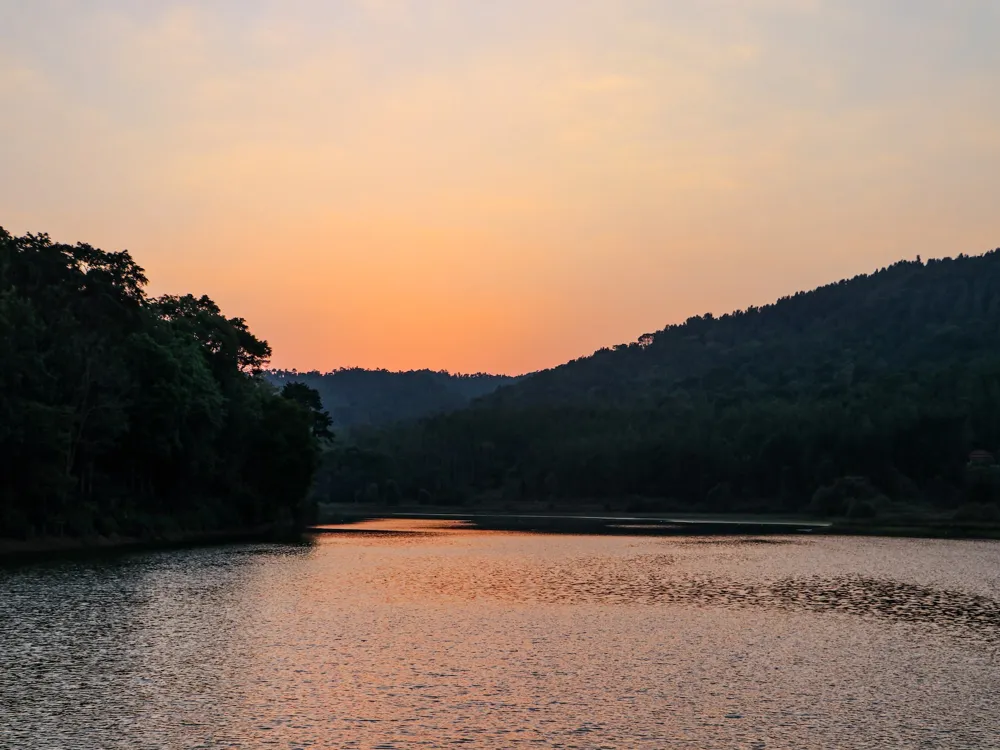Hampi, a UNESCO World Heritage site in Karnataka, India, is a treasure trove of history, culture, and architectural marvels. This ancient village, once the capital of the Vijayanagara Empire, stands as a testament to the grandeur of a bygone era. With its breathtaking ruins, spread over 4,100 hectares, Hampi offers a glimpse into its glorious past through its remains that include temples, palaces, market streets, and aquatic structures. The history of Hampi dates back to the 14th century when it was established by Harihara I and his brother Bukka Raya I. It flourished as one of the largest and richest cities in the world during the 15th and 16th centuries. The architectural style of Hampi is a harmonious blend of Hindu temple architecture, Dravidian and Indo-Islamic architecture, making it unique and captivating. The site's natural setting, with the Tungabhadra River flowing through it and the surrounding hills, adds to its scenic beauty and historical significance. Visitors to Hampi are captivated by its stunning array of monuments. The Virupaksha Temple, dedicated to Lord Shiva, is one of the oldest and most prominent structures in Hampi. The Vittala Temple, known for its exquisite stone chariot and musical pillars, showcases the ingenious creativity of Vijayanagara artisans. The Hampi Bazaar, a once-thriving market, and the Royal Enclosure with its myriad of ceremonial structures, reflect the city's economic and political significance in ancient times. The cultural landscape of Hampi is equally rich, with numerous festivals and traditions that continue to be celebrated. The annual Hampi Utsav, a cultural extravaganza, revives the grandeur of the empire with dance, music, and drama performances. The Purandara Dasa Aradhana, a classical music festival, pays homage to the father of Carnatic music, Purandara Dasa, who lived in Hampi. Hampi's enchanting ruins not only offer a journey back in time but also provide a tranquil retreat for those seeking peace amidst historical splendor. The site's significance, both historically and culturally, makes it a must-visit destination for history buffs, art lovers, and travelers from across the globe. The architecture of Hampi is a remarkable fusion of various styles, predominantly the Dravidian style. The artisans of Hampi were master craftsmen who created marvels in stone that have withstood the test of time. The temples of Hampi are characterized by their towering gopurams (temple towers), intricately carved pillars, and stunningly detailed sculptures depicting Hindu mythology. The Virupaksha Temple, with its majestic tower and sprawling complex, is a fine example of this architectural style. Another architectural marvel is the Vittala Temple, famed for its stone chariot and musical pillars. Each pillar produces musical notes when struck, a testimony to the ingenuity and skill of the Vijayanagara artisans. The Lotus Mahal, an elegant pavilion within the Zenana Enclosure, shows Islamic architectural influences with its arched gateways and geometrically arranged gardens. This blend of Hindu and Islamic styles is a distinctive feature of Hampi's architecture. The urban planning of Hampi was highly advanced for its time, with well-laid-out streets, markets, and public areas. The irrigation and water management systems, exemplified by the stepped tanks and aqueducts, highlight the engineering prowess of the Vijayanagara Empire. The Royal Enclosure, a fortified complex that housed the royal residences and administrative buildings, showcases the grandeur and sophistication of royal life in Hampi. The Hampi landscape is dotted with numerous temples, each unique in its architectural features. The Krishna Temple, Hazara Rama Temple, and Pattabhirama Temple are other notable examples, each with its distinctive style and embellishments. These architectural wonders not only attract tourists but also serve as an open-air museum for scholars and historians interested in ancient Indian architecture and history. In essence, the architecture of Hampi is a blend of religious, royal, and secular elements, each telling a story of the grandeur, creativity, and technical mastery of its creators. It stands as a living testament to the artistic and architectural achievements of the Vijayanagara Empire, making it a fascinating destination for those interested in exploring India's rich architectural heritage. The ideal time to visit Hampi is from October to February when the weather is pleasant and conducive for exploring the ruins. The monsoon season from June to August brings lush greenery but can hinder outdoor activities due to heavy rainfall. Hampi is well-connected by road and rail. The nearest railway station is Hospet, 13 km away. For local travel, hiring bicycles or scooters is a popular and convenient option. Auto-rickshaws and taxis are also available for longer distances. Accommodation in Hampi ranges from budget homestays to luxury resorts. Staying in the Hampi Bazaar area is convenient for easy access to most of the historical sites. For a more serene experience, staying across the river in Anegundi is recommended. Visitors are encouraged to respect the local culture and heritage. Dress modestly when visiting temples, and always ask for permission before taking photographs of people or religious ceremonies. Littering is strictly prohibited to preserve the site's sanctity. Opting for a guided tour can enhance the experience as knowledgeable guides provide insights into Hampi's history, legends, and architecture. Audio guides are also available at major sites for those who prefer self-guided tours. Hampi is accessible by various modes of transportation. The nearest airport is in Bellary, about 60 km away. From there, taxis or buses can be taken to reach Hampi. The Hospet railway station is the closest railhead, well-connected to major Indian cities. Regular bus services are available from Bengaluru, Hyderabad, and other nearby cities to Hampi. Once in Hampi, local transportation options like bicycles, scooters, auto-rickshaws, and taxis are available for commuting within the area.Overview of Hampi, Karnataka
Architecture of Hampi
Tips When Visiting Hampi
Best Time to Visit
Transportation and Getting Around
Accommodation Options
Respecting Local Culture and Heritage
Guided Tours
How To Reach Hampi
Hampi Bazaar
Hampi
Karnataka
NaN onwards
View hampi Packages
Weather :
Label : Must Visit
Tags : Historical Site
Timings : Open on all days of the week from 6:00 AM to 11:00 PM
Planning a Trip? Ask Your Question
Also Refered As:
Virupaksha Bazaar
Hampi Travel Packages
View All Packages For Hampi
Top Hotel Collections for Hampi

Private Pool

Luxury Hotels

5-Star Hotels

Pet Friendly
Top Hotels Near Hampi
Other Top Ranking Places In Hampi
View All Places To Visit In hampi
View hampi Packages
Weather :
Label : Must Visit
Tags : Historical Site
Timings : Open on all days of the week from 6:00 AM to 11:00 PM
Planning a Trip? Ask Your Question
Also Refered As:
Virupaksha Bazaar
Hampi Travel Packages
View All Packages For Hampi
Top Hotel Collections for Hampi

Private Pool

Luxury Hotels

5-Star Hotels

Pet Friendly







